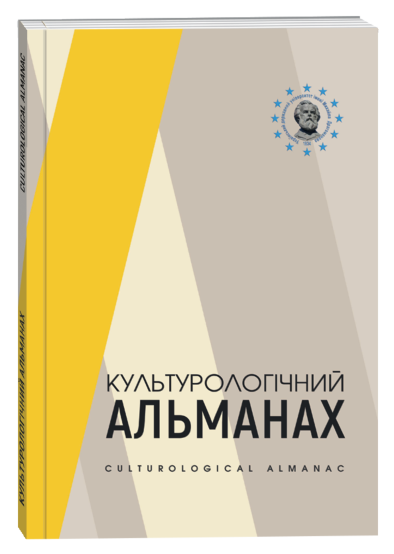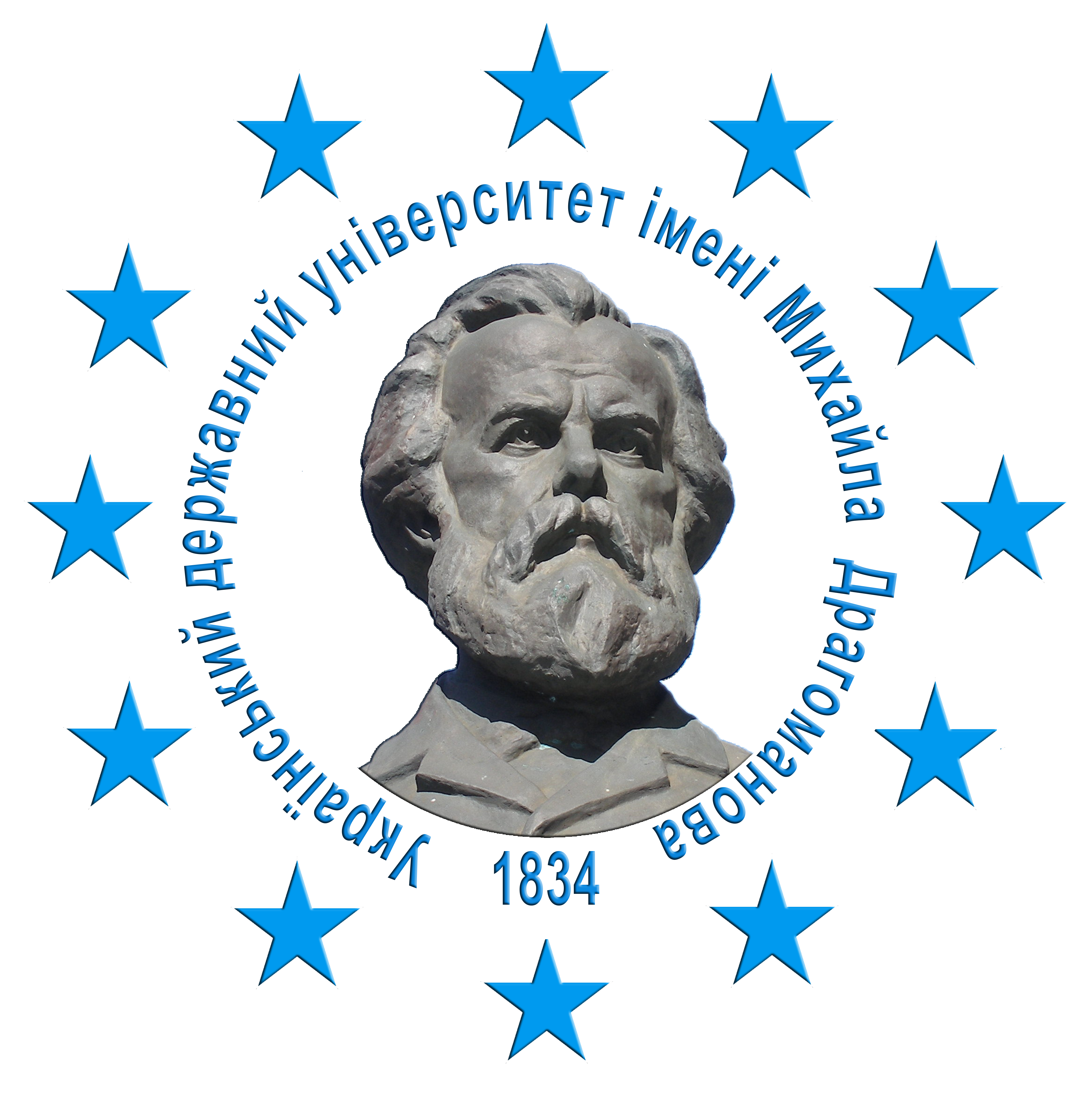IN SEARCH OF THE LOST REFERENT: THE TRANSFORMATION OF ROLAND BARTHES'S APPROACH TO THE PHOTOGRAPHIC IMAGE
DOI:
https://doi.org/10.31392/cult.alm.2025.1.32Keywords:
Roland Barthes, photography, referential illusion, referential certainty, semiology, criticism of ideology, myth, phenomenology, visual turn, affective turn, post-truth era, BellingcatAbstract
The article examines the transformation of Roland Barthes's approach to the photographic image through the prism of the problem of reference, the understanding of the status of which is more urgent than ever in our era of “post- truth.” Photography was a cross-cutting interest in Barth's wide range of endeavors, both in his early semiological and his late phenomenological periods. At the same time, Barth's continuing interest in photography is marked by a radical change in his position on the status of the photographic referent. The late Barth made a radical turn from his early critique of the referential illusion, the last bastion of which was photography with its claim to be a direct imprint of reality. In this article, we propose to call the late Barth's position “referential certainty,” arguing that it is an important and still not fully understood conceptual foundation for Barth's last book during his lifetime, Camera Lucida, dedicated to photography. The position of the late Barth was ahead of the intellectual program of visual and affective turns, which abandoned the radical constructivism of the linguistic model and began to remythologize reality (a notable example here is the reading of the turn within Barth undertaken by W.J.T. Mitchell, whose program we propose to call “pictorial animism”). Contrary to these readings of the late Barth, the article argues that the question of reference was central to both the early Barth the semiologist, with his Saussurean bracketing of the referent, and the late Barth the phenomenologist, who unbraces the brackets around the referent. The article suggests a way to reconcile these two opposing positions through the figure of “search,” using the example of an investigation conducted by the Bellingcat community. This introduces a procedural dimension to the static binary opposition of “referential illusion” – “referential certainty.” In the era of “post-truth”, the methodology of suspicion (critique of the “referential illusion”) practiced by the early Barth continues to provide important tools, but we need more than ever open verification procedures that will allow us to arrive at a shared “referential certainty.”
References
Bachmann-Medick, D. (2016). Cultural turns: New orientations in the study of culture. Walter de Gruyter.
Barthes, R. (1957). Mythologies. Éditions du Seuil.
Barthes, R. (1961). Le message photographique. Communications, 1, 127–138.
Barthes, R. (1964). Rhétorique de l'image. Communications, 4, 40–51.
Barthes, R. (1971). Rhetoric of the image (S. Heath, Trans.). Working Papers in Cultural Studies, 1, 37–51.
Barthes, R. (1977). Image-music-text (S. Heath, Trans.). Hill and Wang.
Barthes, R. (1980). La chambre claire: Note sur la photographie. Cahiers du cinéma/Gallimard/Seuil.
Barthes, R. (1981). Camera lucida: Reflections on photography (R. Howard, Trans.). Hill and Wang.
Barthes, R. (1986). Towards a semiotics of cinema. In J. Hillier (Ed.), Cahiers du cinéma 1960–1968: New wave, new cinema: Reevaluating Hollywood (A. Williams, Trans., pp. 276–285). Harvard University Press.
Barthes, R. (1989). The rustle of language (R. Howard, Trans.). University of California Press.
Барт, Р. (2022). Camera lucida. Нотування фотографії. (О. Червоник, пер.). MOKSOP. Barthes, R. (2022). Camera lucida. Notuvannia fotografii. (O. Chervonyk, Per.) MOKSOP [in Ukrainian].
Batchen, G. (Ed.). (2009). Photography degree zero: Reflections on Roland Barthes' Camera Lucida. MIT Press.
Culler, J. (2002). Barthes: A very short introduction. Oxford University Press.
Elkins, J. (2011). What photography is. Routledge.
ffrench, P. (2019). Roland Barthes and film: Myth, eroticism and poetics. Bloomsbury Academic.
Finnegan, C.A. (2004). Doing rhetorical history of the visual: The photograph and the archive. In M. Helmers & C.A. Hill (Eds.), Defining visual rhetorics (pp. 195–214). Lawrence Erlbaum Associates.
Foster, H. (1996). Obscene, abject, traumatic. October, 78, 107–124.
Hall, S. (1981). The determination of news photographs. In S. Cohen & J. Young (Eds.), The manufacture of news: Social problems, deviance and the mass media. Constable & Robinson.
Ilyuk, Y. (2019). Journalistic investigations in the digital age of post-truth politics: The analysis of bellingcat's research approaches used for the (re)construction of the mh17 case. Perekrestki, 1, 56–78.
Jameson, F. (1981). The political unconscious: Narrative as a socially symbolic act. Cornell University Press.
Khapaeva, D. (2024). Putin's dark ages: Political neomedievalism and re-Stalinization in Russia. Taylor & Francis.
MacCabe, C. (1997). Barthes and Bazin: The ontology of the image. In J.-M. Rabaté (Ed.), Writing the image after Roland Barthes (pp. 71–76). University of Pennsylvania Press.
Mitchell, W.J.T. (2005). What do pictures want?: The lives and loves of images. University of Chicago Press.
Ogden, C.K., & Richards, I.A. (1923). The meaning of meaning: A study of the influence of language upon thought and of the science of symbolism. Harcourt, Brace & World.
Oxman, E. (2010). Sensing the image: Roland Barthes and the affect of the visual. SubStance, 39 (2), 71–90.
Prosser, J. (2004). Buddha Barthes: What Barthes saw in photography (that he didn't in literature). Literature and Theology, 18 (2), 211–222.
Saussure, F. de. (1916). Cours de linguistique générale (C. Bally & A. Sechehaye, Eds.). Payot.
Sawyer, R. K. (2002). A discourse on discourse: An archeological history of an intellectual concept. Cultural Studies, 16 (3), 433–456.
Williamson, J. (2002). Decoding advertisements: Ideology and meaning in advertising. Marion Boyars.
Yacavone, K. (2019). Image, affect, and autobiography: Roland Barthes' photographic theory in light of his posthumous publications. In M. Durden & J. Tormey (Eds.), The Routledge companion to photography theory (pp. 309–322). Routledge.








